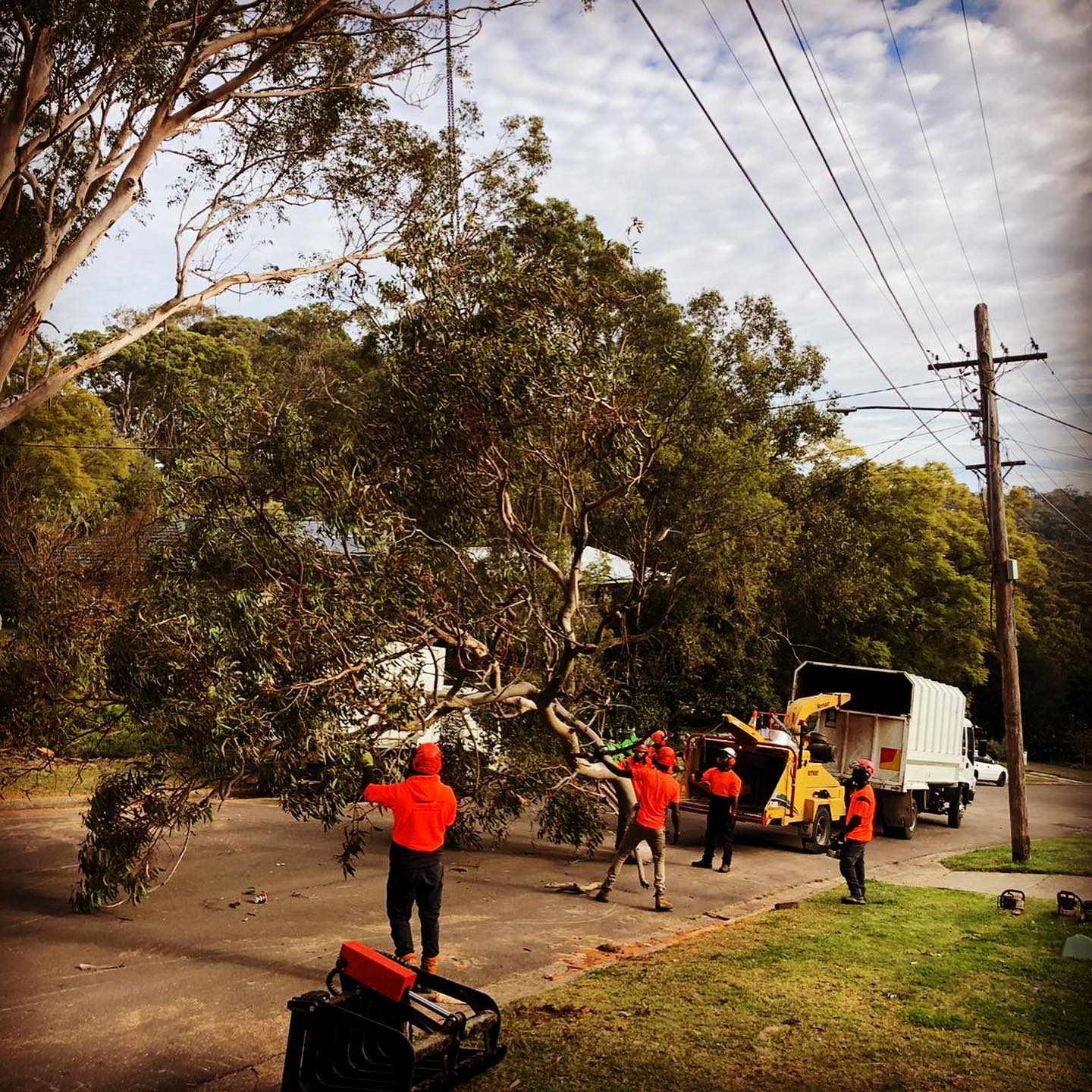Bottlebrush trees, known for their vibrant, brush-like blooms and lush foliage, are a stunning addition to any garden or landscape. One essential aspect of bottlebrush tree care is pruning. Trimming a bottlebrush tree may seem like a daunting task, but with the right knowledge and techniques, you can enhance its health, shape, and overall appeal. In this comprehensive guide, we will walk you through the art to trim a bottlebrush tree.
Whether you are a seasoned gardener looking to refine your skills or a beginner eager to learn, we will provide you with the essential steps, tips, and insights to ensure your bottlebrush tree flourishes year after year.
When to Trim a Bottlebrush Tree?
Pruning bottlebrush trees (Callistemon) at the appropriate time is essential for their health and the promotion of healthy development and flowering. The best time to prune these trees is when they are dormant, which is often late winter to early spring.
As temperatures increase, such timing helps the tree recover from pruning stress and supports robust new growth. You can also prune quickly after the tree has done flowering to avoid destroying potential flower buds for the following season.
Why Prune Bottlebrush?
Pruning bottlebrush trees (Callistemon) performs various important functions in their health and aesthetic appeal. To begin with, pruning helps shape and manage the size of these trees, ensuring that they fit within their assigned place in gardens and landscapes. Pruning on a regular basis also provides a neat and visually appealing appearance.
Pruning is necessary for eliminating dead, diseased, or damaged branches that can endanger the tree’s general health and vitality. By removing such branches, you are preventing the spread of diseases and pests and encouraging the tree to allocate its resources to healthier growth.
Steps to Trim a Bottlebrush Tree
- Gather tools
- Pruning shears
- Loppers
- Pruning saw
- Safety gear such as gloves and safety glasses
Examine the Tree
Examine the tree attentively to determine which branches should be pruned. Priority should be given to dead, diseased, or damaged branches.
Determine the Shape
Determine the shape of your bottlebrush tree. A single-trunk, multi-trunk, or canopy shape is a common tree shape.
Structure pruning
Begin by eliminating any branches that grow too near to or cross each other. This will aid in the formation of the appropriate tree structure.
Reduce Crowding
Remove some of the inner branches to thin out the canopy. This promotes air circulation and light penetration, lowering disease risk.
Strategic Pruning
Clean, angled cuts should be made right above a bud or lateral branch junction. Make sure your cuts are not jagged.
Remove dead wood
Remove dead or diseased branches entirely cut them back to healthy tissue
Control size
If your bottlebrush tree is becoming too tall or wide for your space,selectively prune to control its size, avoid over pruning
Shape of the canopy
Prune to shape the canopy according to your desire tree form,maintaining overall aesthetics
Water and fertilize
After pruning,water the tree well to aid in its recovery, Applying a balanced,slow release fertilizer can promote healthy growth
Maintenance
Regularly inspect your tree for any new growth issues or pests and address them promptly.
FAQS
How much can I prune at once?
Avoid removing more than one-third of the tree’s total foliage in a single pruning session. Over-pruning can stress the tree and affect its health. Gradual and selective pruning is generally recommended.
Can I prune my bottlebrush tree during the active growing season?
It’s generally not recommended to prune bottlebrush trees during their active growing season in spring and summer. Pruning during this time can stress the tree and interfere with flower production.
How can I maintain a natural weeping habit while trimming my bottlebrush tree?
To maintain the tree’s natural weeping habit, avoid aggressive pruning. Focus on selective removal of unwanted branches, deadwood, and light shaping to preserve its characteristic appearance.
Can I trim a bottlebrush tree into a specific shape, like a topiary or hedge?
Yes, you can prune bottlebrush trees into specific shapes, such as topiaries or hedges. However, shaping should be done gradually and carefully to achieve the desired form without compromising the tree’s health. Regular maintenance will be necessary to retain the shape.
Is there a specific technique for pruning bottlebrush trees into tree form?
Pruning a bottlebrush tree into a tree shape involves selective removal of branches to establish a single or multi-trunk structure. It’s important to maintain overall aesthetics while controlling size and improving structure. For best results, make clean cuts just above buds or lateral branches.
Conclusion
In conclusion, pruning a bottlebrush tree is an essential part of maintaining its health, aesthetic appeal, and general vitality. To get the intended results, careful planning, the correct equipment, and intelligent procedures are necessary.




